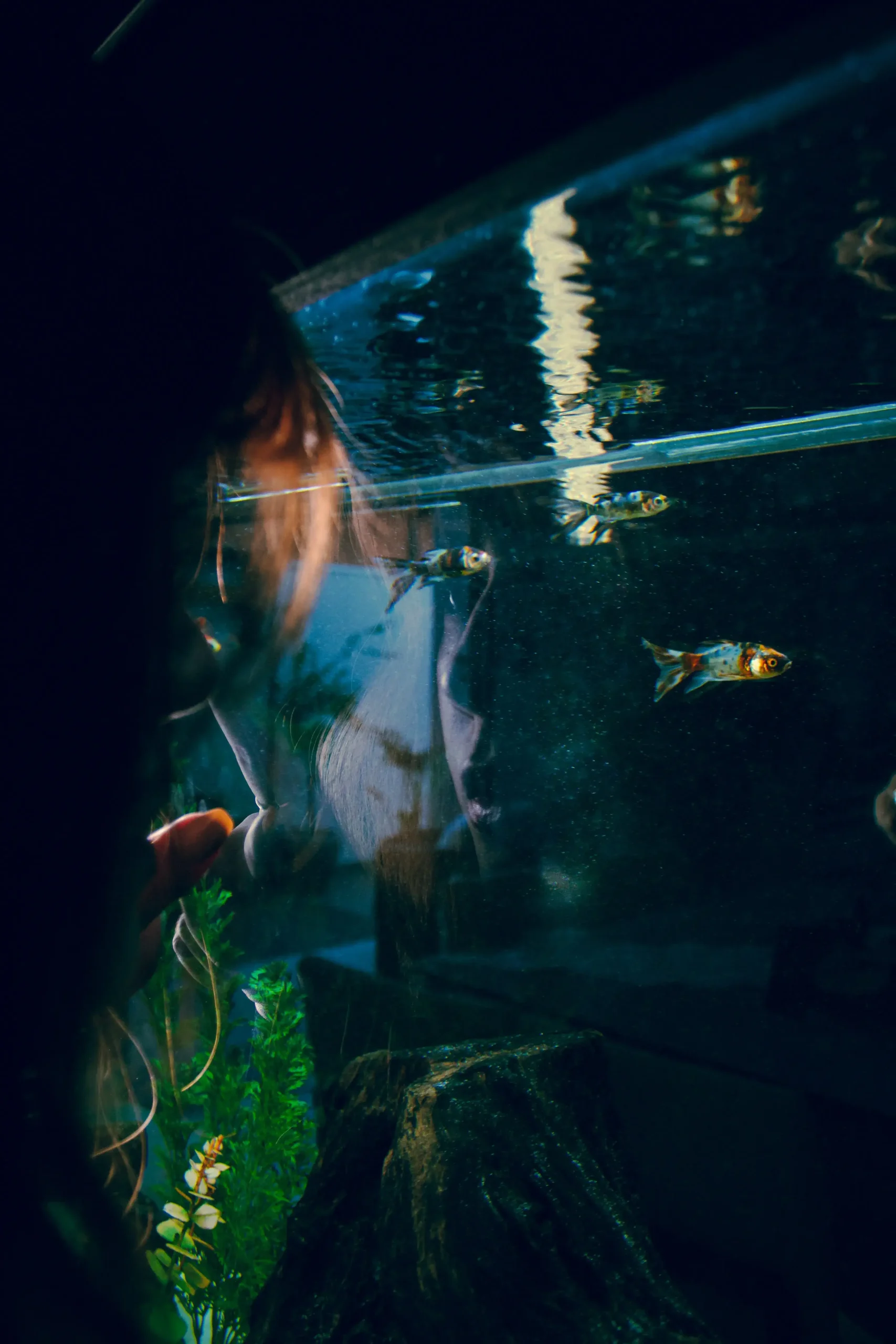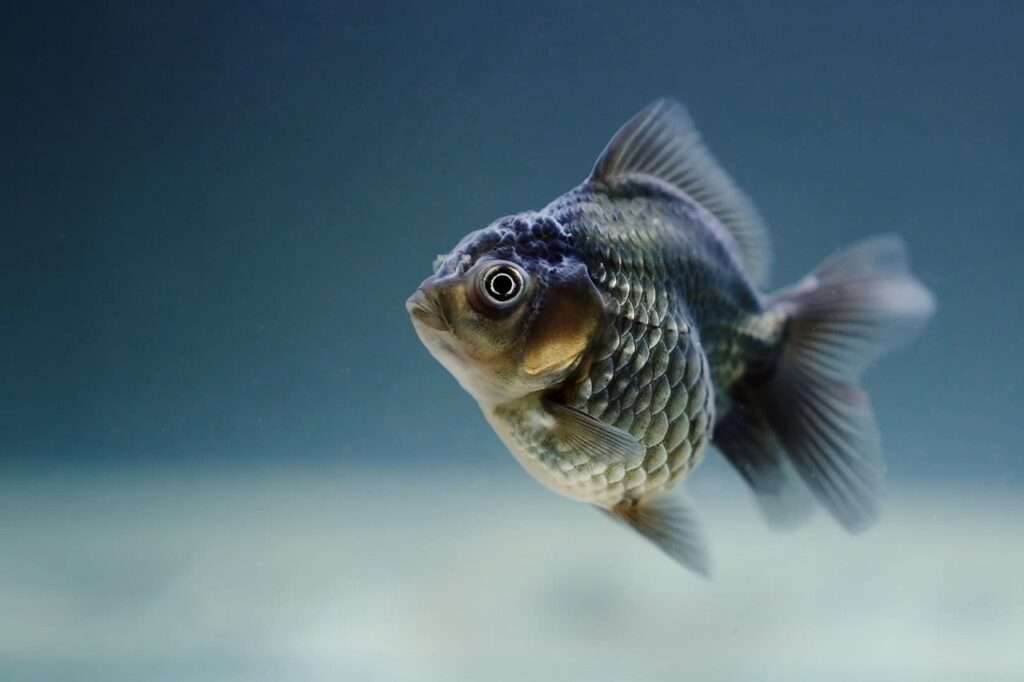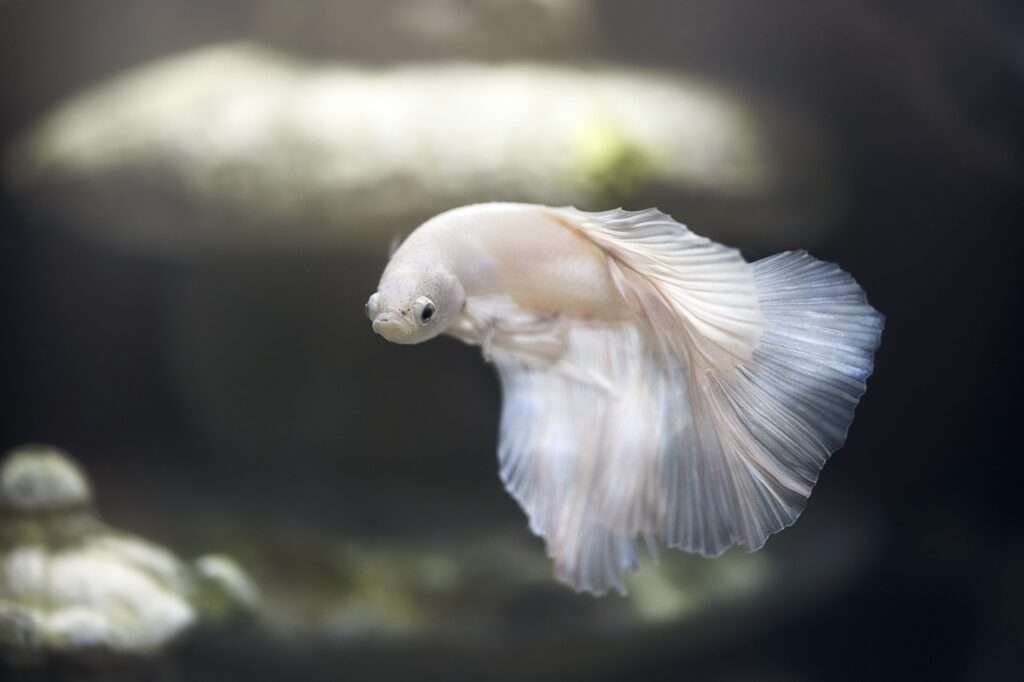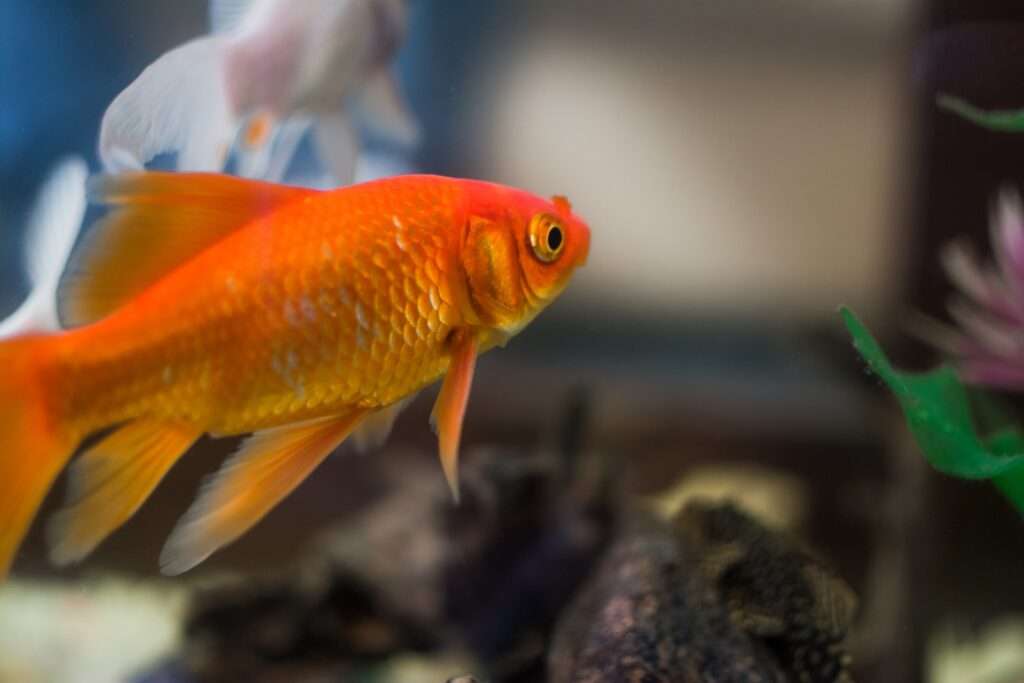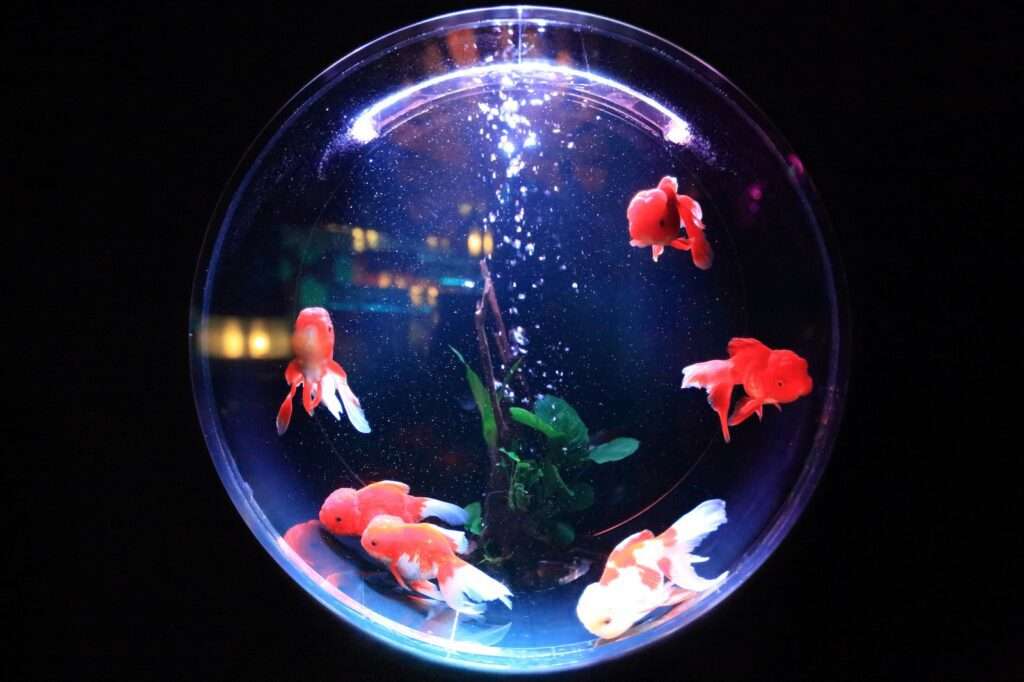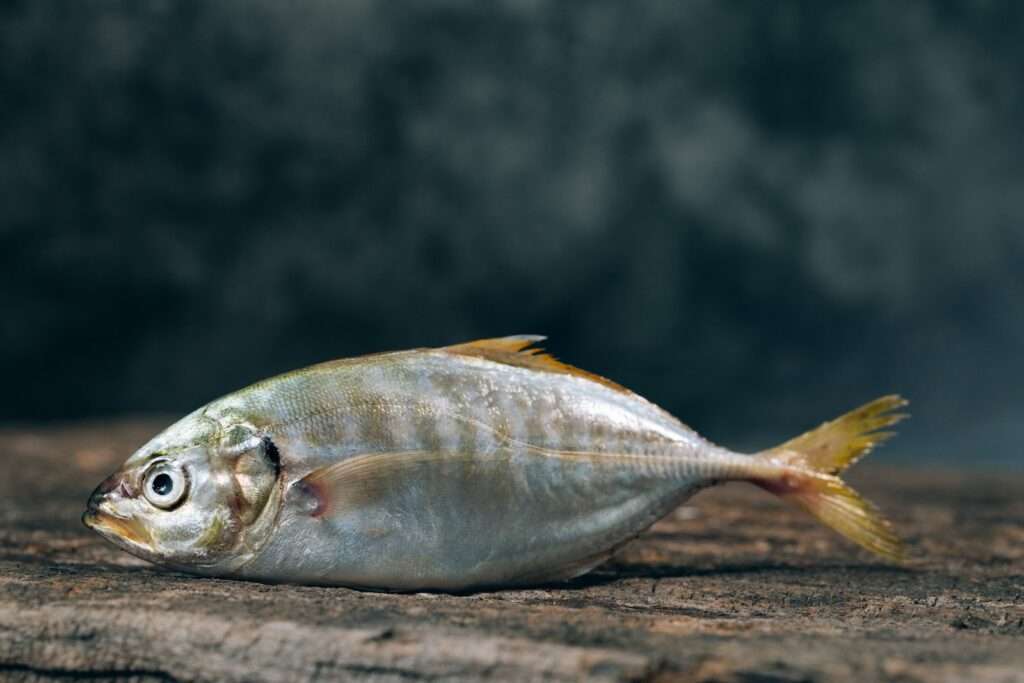Fish Health: How to Recognize and Address Fish Tank Parasites and Pests
Introduction:
Keeping fish as pets can be a rewarding and relaxing hobby. However, just like any other living creature, fish can be susceptible to various health issues, including parasites and pests. In this article, we will explore the different types of common fish tank parasites and pests, how to recognize them, and effective methods to address these problems. Additionally, we will provide answers to frequently asked questions to help fish owners better understand and prevent these issues.
I. Common Fish Tank Parasites and Pests
1. Ichthyophthirius multifiliis (Ich):
– Description: Ich is a common parasite that appears as white spots on the fish’s body, fins, and gills.
– Symptoms: Infected fish may exhibit scratching against objects, loss of appetite, and rapid breathing.
– Life cycle: Ich has a complex life cycle involving both the fish and the water. It can reproduce rapidly and spread to other fish in the tank.
– Prevention and treatment: Maintaining proper water quality, avoiding stress, and using medication specifically designed for Ich can help prevent and treat this parasite.
2. Gyrodactylus and Dactylogyrus (Flukes):
– Description: Flukes are small, flatworm parasites that attach themselves to the fish’s body, gills, and fins.
– Symptoms: Infected fish may show signs of irritation, flashing, loss of appetite, and respiratory distress.
– Life cycle: Flukes have a life cycle that involves both the fish and the water. They can reproduce rapidly and cause significant damage to the fish.
– Prevention and treatment: Quarantining new fish, maintaining good water quality, and using appropriate medications can help prevent and treat flukes.
3. Argulus (Fish Lice):
– Description: Argulus are larger parasites that resemble small crustaceans and attach themselves to the fish’s body, causing irritation and damage.
– Symptoms: Infected fish may display excessive scratching, redness, inflammation, and open sores.
– Life cycle: Argulus have a complex life cycle involving multiple stages and require fish as hosts at certain stages.
– Prevention and treatment: Regularly inspecting fish for parasites, maintaining good water quality, and using appropriate medications can help prevent and treat fish lice.
4. Anchor Worms:
– Description: Anchor worms are long, thread-like parasites that burrow into the fish’s flesh, causing wounds and infections.
– Symptoms: Infected fish may exhibit visible worms protruding from their body, inflammation, and ulcers.
– Life cycle: Anchor worms have a life cycle that involves both the fish and the water. They reproduce quickly and can cause severe damage if left untreated.
– Prevention and treatment: Regularly inspecting fish for parasites, maintaining good water quality, and using appropriate medications can help prevent and treat anchor worms.
5. Velvet Disease (Oodinium):
– Description: Velvet disease is caused by a single-celled parasite that appears as a golden or yellowish dust on the fish’s body, giving it a velvety appearance.
– Symptoms: Infected fish may exhibit rapid breathing, flashing, loss of appetite, and lethargy.
– Life cycle: Velvet disease has a life cycle that involves both the fish and the water. It can reproduce rapidly and spread to other fish in the tank.
– Prevention and treatment: Proper quarantine procedures for new fish, maintaining good water quality, and using appropriate medications can help prevent and treat velvet disease.
II. Recognizing Fish Tank Parasites and Pests
1. Physical Signs:
– Abnormal behavior: Fish may show signs of irritation, scratching against objects, or swimming erratically.
– Visible parasites or pests on fish: Look for white spots, worms protruding from the fish’s body, or golden/yellowish dust on the fish’s skin.
– Changes in fish appearance: Watch for redness, inflammation, open sores, or changes in the fish’s coloration or scales.
2. Behavioral Signs:
– Scratching or rubbing against objects: Fish may rub against decorations, gravel, or the sides of the tank to relieve itching or irritation.
– Decreased appetite: Infected fish may show a reduced interest in food or may refuse to eat altogether.
– Gasping at the water surface: Fish may exhibit rapid breathing or gasping at the water surface due to respiratory distress.
3. Water Quality Indicators:
– Cloudy or discolored water: Poor water quality can be an indicator of underlying health issues in fish.
– Rapid changes in pH or temperature: Sudden fluctuations in pH or temperature can stress fish and make them more susceptible to parasites and pests.
– Elevated ammonia or nitrite levels: High levels of ammonia or nitrite can be harmful to fish and weaken their immune system, making them more vulnerable to infections.
III. Addressing Fish Tank Parasites and Pests
1. Isolation and Quarantine:
– Removing affected fish: Remove infected fish from the main tank to prevent the spread of parasites.
– Setting up a quarantine tank: Prepare a separate tank with appropriate filtration and water conditions to house the isolated fish.
– Monitoring and treating the isolated fish: Observe and treat the fish in quarantine according to the specific parasite or pest they are infected with.
2. Medication and Treatments:
– Over-the-counter remedies: Use medications specifically designed to treat the identified parasite or pest.
– Prescription medications: In severe cases, consult a veterinarian or fish health expert for prescription medications.
– Natural or alternative treatments: Some fish owners opt for natural remedies such as salt baths or herbal solutions. However, these should be used with caution and under proper guidance.
3. Water Quality Management:
– Regular water changes: Perform regular water changes to maintain good water quality and remove any potential sources of infection.
– Monitoring and adjusting pH, temperature, and other parameters: Maintain stable water conditions within the recommended range for the fish species.
– Maintaining a clean aquarium environment: Regularly clean the tank, including decorations, gravel, and filters, to prevent the buildup of waste or debris that can contribute to poor water quality.
4. Preventive Measures:
– Proper quarantine procedures for new fish: Quarantine new fish before introducing them to the main tank to prevent the introduction of parasites or pests.
– Regular observation and early detection: Monitor fish for any signs of illness or unusual behavior and address any issues promptly.
– Avoiding overstocking and overcrowding: Maintain appropriate stocking levels to reduce stress and minimize the risk of disease outbreaks.
FAQs (Frequently Asked Questions)
1. How can I prevent fish tank parasites and pests?
2. Can fish tank parasites and pests be harmful to humans?
3. Is it safe to use natural remedies for treating fish tank parasites?
4. What should I do if my fish tank gets infested with multiple parasites or pests simultaneously?
5. How often should I perform water changes to prevent parasite and pest outbreaks?
6. Are there any signs that can help me differentiate between different types of parasites or pests?
7. Can fish tank parasites and pests be eradicated without using medication?
8. Can fish tank parasites and pests reoccur after treatment?
9. Are there any specific fish species more prone to parasite or pest infestations?
10. Should I be concerned about fish tank parasites if my fish appear healthy?


